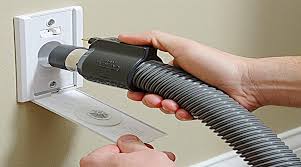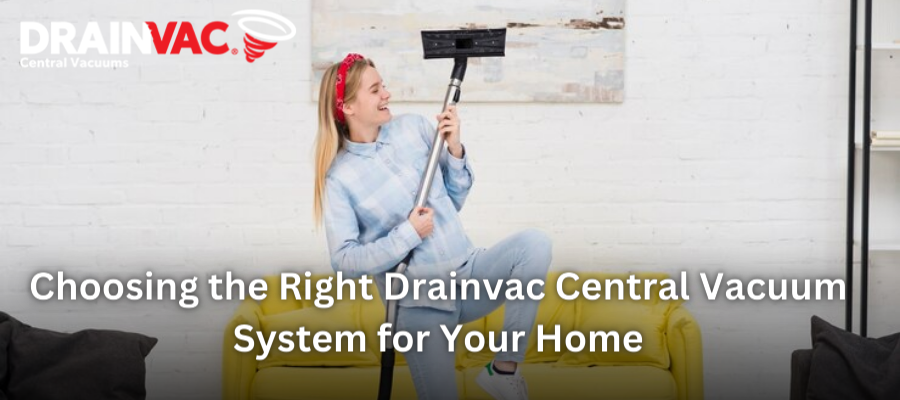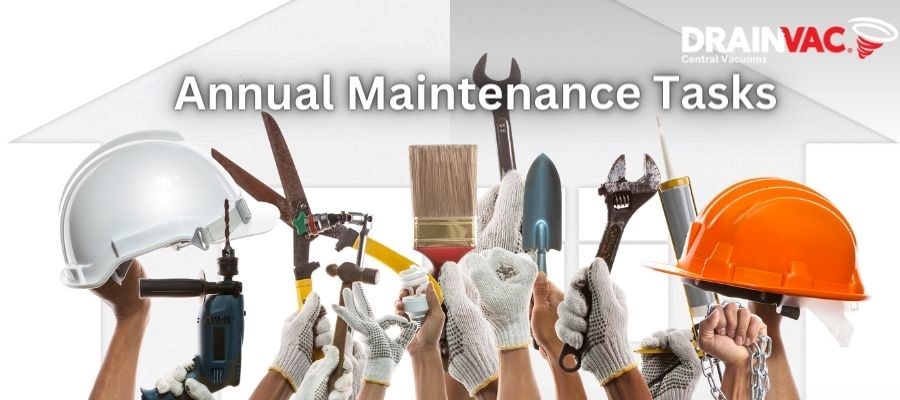2023-01-25

The advantages of using a central vacuum system are many – from higher cleaning capacities, minimal to no waste handling, ergonomic convenience, technological functions and most importantly cleanliness coupled with efficiency. An industrial central vacuum system, unlike the ones installed at homes or offices, is constructed for specific use cases. In most cases, they are certified for use in specific work areas. When it comes to the hospital and healthcare sectors, vacuum technology is carefully constructed. Remember the mucormycosis or black fungal death that took away 4300 lives during the second wave of COVID-19. Certain accounts suggest that the spread of the fungus was brought to speed because patients shared the same hospital equipment like oxygen tubes. This was an instance where the importance of sanitisation and cleanliness in sensitive areas like hospitals has been emphasised. Not only does it have to be clean and germ-free for hygiene, but also misuse or non-usage of cleaning equipment may also result in the spread of an epidemic or uncontrolled infections. Vacuum technology is a very important part of the hospital management system. It has important functions in healthcare and life science-based industries. Often vacuum-based cleaning in the healthcare sector is centralised, and has a dual role of cleaning and disinfecting, thereby minimising human contact with bio-hazards and achieving sanitation at the same time. The operator is safe and so is the surface being cleaned. Similarly in pharmaceutical industries, or testing laboratories, white rooms where utmost hygiene and minimal contact is to be maintained for sterilisation, these commercial central vacuum systems are run regularly to remove even trace amounts of contaminants. In this post, we will look at some areas in healthcare and vacuum technology in general and allied industries where central vacuum systems are employed. The pandemic has shown how important the smooth functioning of our medical facilities was necessary. As hospitals became crowded and the demand for clean, germ-free hospitals. A great way to sterilise equipment in hospitals is plasma sterilisation. Under vacuum, plasma sterilisation is extremely efficient because it is a chemical-free cleaning method that removes contaminating proteins and microorganisms. It is also used in diagnostics like RNA sequencing, blood plasma separation, and micro fluid devices. Hospitals, medicine & surgery: If you have been to any super-speciality or large hospitals, every bed would be accompanied by a set of equipment, usually wall-mounted. One of them is a connection that delivers vacuum pressure, which is required to maintain respiration. Apart from that, it is used extensively in surgery, and intensive care units to maintain vitals and anaesthesia. The central vacuums in this case are not used for cleaning but form a part of the medical equipment. The outlets are centrally connected and usually located on the basement floor. Vacuum-based tools usually consist of the control unit, a buffer tank and multiple vacuum pumps. The pumps used always have a backup, for maximised uptime, and during times when more pumping speed is necessary. Vacuum-based cushions and mattresses are being increasingly used in rehabilitation and physiotherapy, and post-surgical recovery centres. They are also used for delicate transportation to the trauma centre from the site of the accident because the mattress and cushion wrap the patient to fix the shape of their body. Therefore in situations where restricted movements are required, these cushions and mattresses work like a charm. Vacuum mattresses or vacant for short are used as replacements for stretchers and are extremely useful where patients with limb trauma, broken spine or vertebra need to be transported. Another application is the use of a vacuum splint, used in case of emergency fractures as a temporary splint. They extract air to form the splint itself to fill up thousands of small polystyrene balls around the fractured portion so as to restrict movement. These are increasingly being used to treat sports injuries and joint dislocations. An interesting application of the central vacuum system in hospitals, nursing homes and special medic-care facilities where patients who pose a bio-hazard are housed is the waste disposal mechanism. As much as patient recovery and health are important, so is the handling of hazardous material. Medical waste is to be treated with utmost care. Hence, central vacuum systems are being largely deployed, which minimise the physical handling of materials, while keeping the area sterilised and clean. The waste is directly transported through huge vacuum pipes directly to the waste collection centres. In this post, we have seen how vacuum technology is being used in different applications in the healthcare, pharmaceutical and allied industries. In the field of medicine, vacuum technology and central vacuum systems have become an integral part of medical equipment and procedures. They are helping increase production efficiency while keeping healthcare workers and their families safe. Drainvac is the world leader in central vacuum systems with patented automatic drain technology. For tailored healthcare solutions, reach out to us now. Vacuum technology in the healthcare & pharma sector:
Plasma Sterilisation:
vacuum Mattresses and vacuum splints
Disposal of hospital waste:
To conclude

Central vacuum systems have gained popularity f

SEO Description: Discover the

Explore the benefits of central vacuum systems,

Discover the perfect Drainvac central vacuum sy

Metadescription: Learn how to

